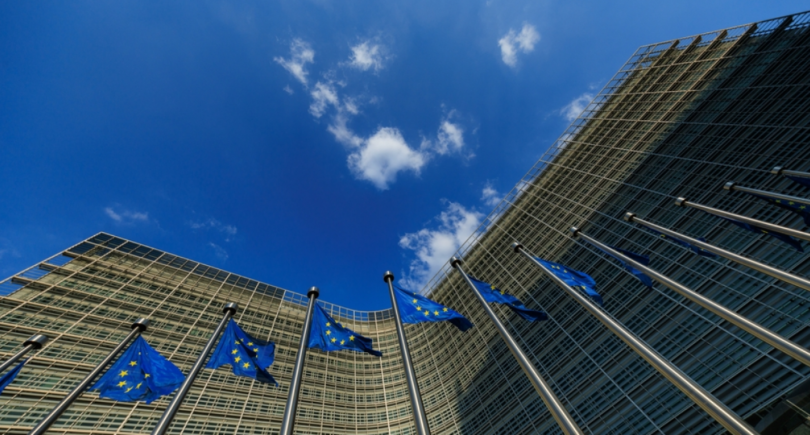
News Global Market EU 2570 22 January 2024
The main share of imports falls on semi-finished products – 83% of the total deliveries
In November 2023, the European Union reduced imports of iron and steel products from Russia by 15.4% compared to the previous month, to 202.86 thousand tons. Compared to November 2022, the EU reduced imports of such products by 38.7%. This is evidenced by Eurostat data.
The cost of imports of Russian products by European consumers in November amounted to €93.21 million, which is 23.5% less than in October and 43.5% less than in November 2022.
Semi-finished products accounted for the bulk of imports, accounting for 83% of the total supply. Supplies of such products from the Russian Federation to the European Union in November decreased by 21.7% m/m and 14.4% y/y – to 168.46 thousand tons. Most of the Russian-made semi-finished products were shipped to Belgium – 86.46 thousand tons (+17.8% yoy).
No iron ore was supplied from Russia to the EU in November. Imports of pig iron amounted to 30.1 thousand tons, up 72% m/m and 26.2% y/y, ferroalloys – 2.61 thousand tons (-32.5% m/m; -59.2% y/y), and scrap – 1.71 thousand tons (-49.3% m/m).
In November, the main consumers of these Russian iron and steel products were:
- pig iron – Italy – 19.5 thousand tons (+50.3% y/y);
- ferroalloys – the Netherlands – 2.02 thousand tons (-62.8% y/y);
- scrap – Lithuania – 1.28 thousand tons (not imported in November 2022).
In January-November 2023, the European Union reduced imports of steelmaking raw materials from Russia by 39.9% compared to the same period in 2022, to 4.38 million tons. Import costs decreased by 39.8% y/y – to €2.2 billion.
Imports of semi-finished products decreased by 21.9% y/y – to 2.76 million tonnes, iron ore – by 87% y/y, to 324.46 thousand tonnes, ferroalloys – by 69% y/y, to 40.4 thousand tonnes, and scrap – by 58.2% y/y, to 31.82 thousand tonnes. Consumption of Russian pig iron increased by 16.5% y/y – to 1.22 million tons.

Despite the sanctions imposed on Russia, the Russian steel sector continues to make significant profits from exporting products to the European Union. Although the figures are down significantly compared to 2022, with exports amounting to 7.92 million tons worth €3.87 billion last year, supplies are still high.
As GMK Center reported earlier, in the 12th package, the EU extended quotas on Russian slabs for another four years. The total quota for imports of this product from October 2024 to September 2028 is set at 8.5 million tons with a more detailed breakdown by period. The previous sanctions on slab imports were imposed in October last year as part of the 8th sanctions package. At that time, it was decided that it could last until the end of September 2024 within the established quotas, and that imports would cease on October 1, 2024. However, the 12th package of sanctions actually eased the previously imposed restrictions.
EU and Ukrainian steelmakers criticize the easing of sanctions against the aggressor country’s steel industry.




